Scott Myles of Independent Consultancy Services (ICS Group) recently tested a group of cutting edge very wide angle cameras to see which offered the best panoramic performance on the street. We went along to take a look at the process and decide which of these cameras we thought was best in this very tough application.
WHEN Scott Myles of ICG called the SEN office and invited us to take a look at a camera test ICS Group was undertaking that day we didn’t need him to ask twice.
The test jig is set up in ICS Group’s office in Marrickville, part of which is an old-style factory warehouse. The rain is pouring down as I dash down the street from the car and once inside it roars on the iron roof. This industrial application suits the operational metal of the test. It’s a large rectangular space with a lot of light industrial gear strewn about. Light is variable, with bright areas and deep shadows. The test jig is nicely done.
According to Myles, ICS Group started looking at 180-degree and 270-degree angles of view in a single camera because the ability to look around corners in a single view is considered a strength by some of its clients.
“I was doing a review for a serious client who wanted to simulate guard tours using video – I came across and liked the Pelco Optera because it was able to handle the task,” Myles tells me over his shoulder, while making adjustments to the system.
“Then I saw the new Vivotek camera with 4 sensors and IR illumination. Realising there were a number of options, I decided to take a look at other cameras in order to select the most suitable panoramic for situational awareness around key buildings and pieces of infrastructure.”
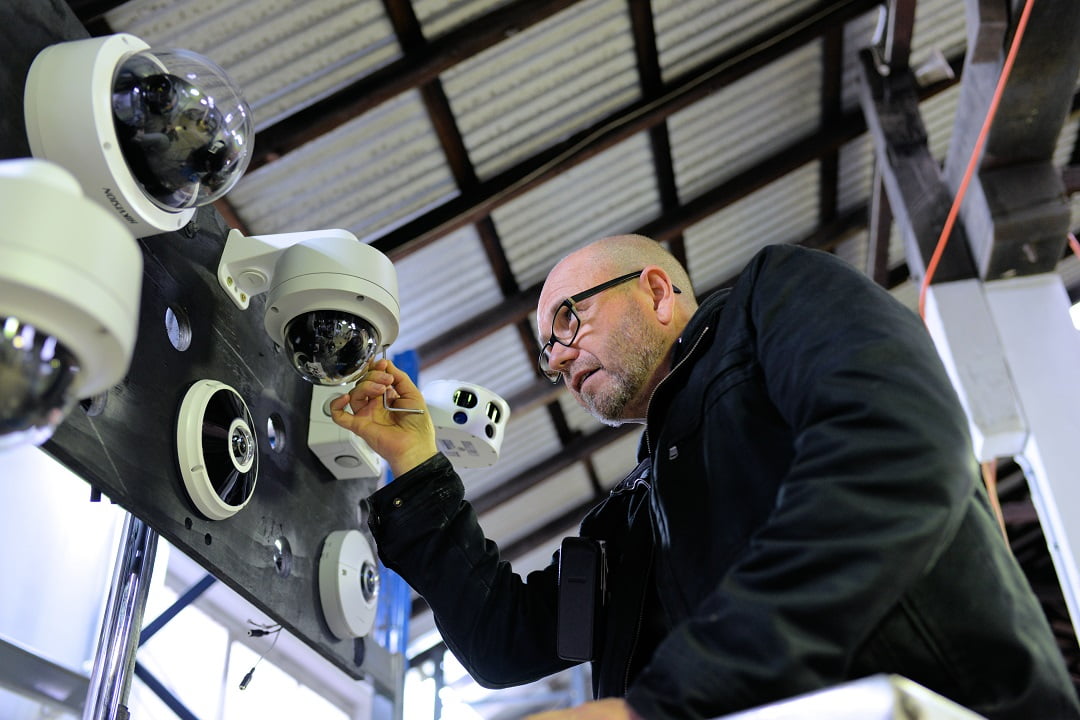
Myles says the test parameters call for a comparison of multi-sensor cameras with one ONVIF stream requiring only one connection license. To be considered, cameras needed to interface into Genetec VMS and be capable of supporting an external application through a 24-hour day/night cycle. During the test process it was decided to add a couple of compact hemispheric cameras.
“Once I got thinking about the test I wanted to look at everything, I didn’t want to discount hemispheric cameras,” Myles explains. “I didn’t think, however, that hemispherics would be able to give me the levels of detail I could get from 4 dedicated 3MP camera heads stitched. But by the end of the process I was surprised at how capable the Panasonic hemispheric was.”
This system driving everything is Genetec’s Security Center and attached to the subnet are cameras from Vivotek, Pelco Optera 180 and 270, Hikvision hemispheric with IR. Alongside these are a Panasonic hemispheric and a Vivotek hemispheric. Before we go further, it should be noted that there were some typical challenges with setup. Being very new technology, integration into Genetec was achieved by using standard ONVIF protocol. Setting up and connecting these models to the latest Genetec 5.4 software version, it soon became apparent that because they were new releases, all 3 models required further development – this imperative would apply to any management software asked to wrangle brand new cameras.
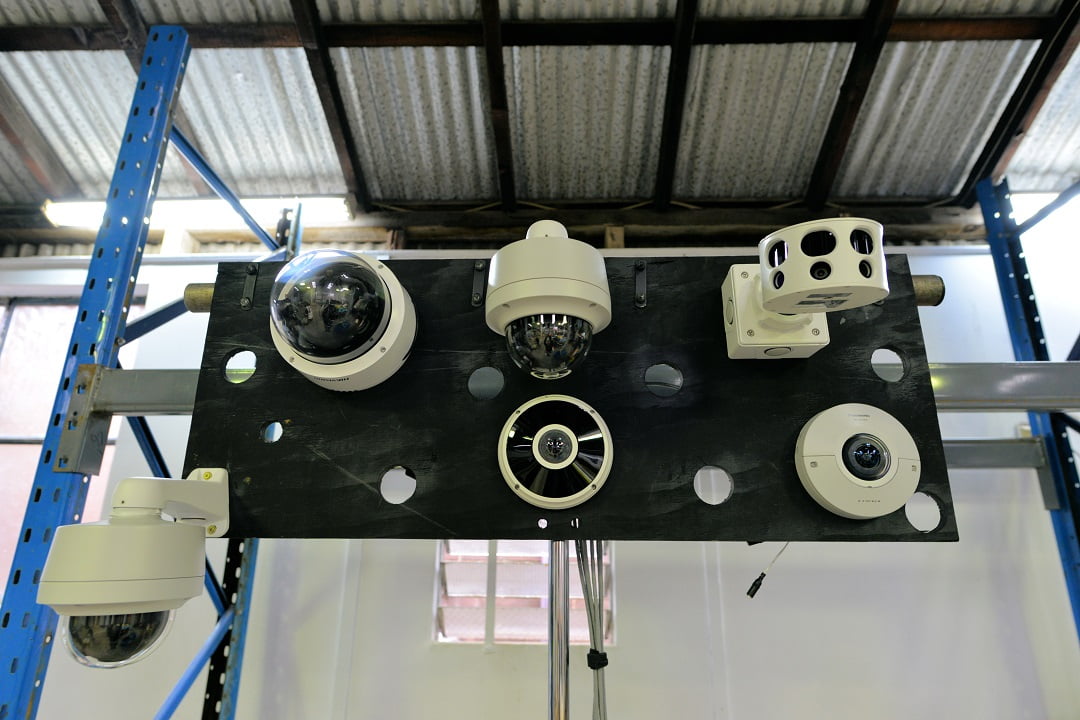
Currently the only model which features on the Genetec supported device list is Pelco Optera. Although the camera could be discovered in Genetec, the image and de-warping was currently not available, and for this reason the Pelco cameras were recorded and displayed separately. Vivotek featured the best integration, with Hikvision able to be discovered, however, camera settings were currently not available. What this all meant was that we weren’t able to get the best from some of the cameras at all times and in variable ways. Does this render the findings of the test invalid? Well – yes and no.
Cameras Test Driven
The multi-sensor camera models tested here are the Vivotek MS8391-EV Multiple Sensor network camera, which has a resolution of 12MP with 180-degree panoramic views, IP66 and IK10 ratings and -50 to 60C operating temperatures. The VIVOTEK MS8391-EV multiple sensor camera supports WDR and offers 30m IR. Next, comes the Hikvision DS-2CD6986F-(H) multi-sensor 180-degree panoramic dome camera with 7.3MP of resolution (4096 × 1800 pixels) IP66 rating and -30– 60C operating temperatures. Pelco cameras in the test included the Pelco 180 Panoramic 12MP, which has 4 x 3MP sensors and is IP66 rated with -40 to 60C operating temperature, WDR and Surevision technology. Alongside it is the Pelco 270 Panoramic. This 12MP camera is 4 x 3MP multi-sensor camera rated to IP66 and with an operating temp of -40 to 60C. It too, has WDR and Surevision capability.
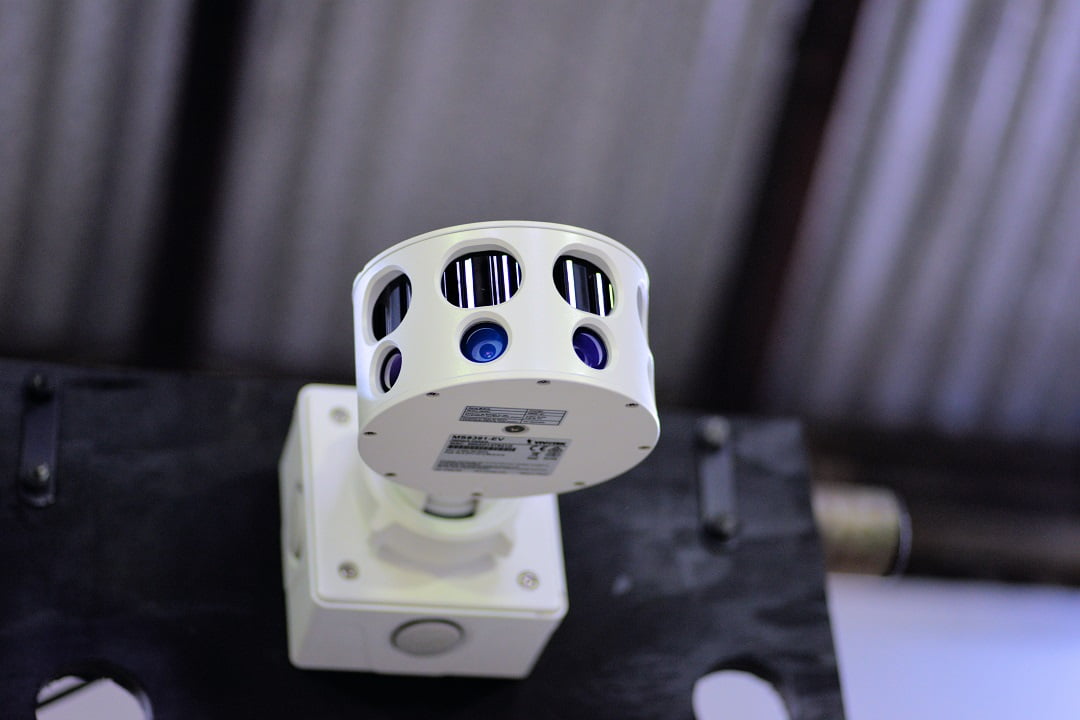
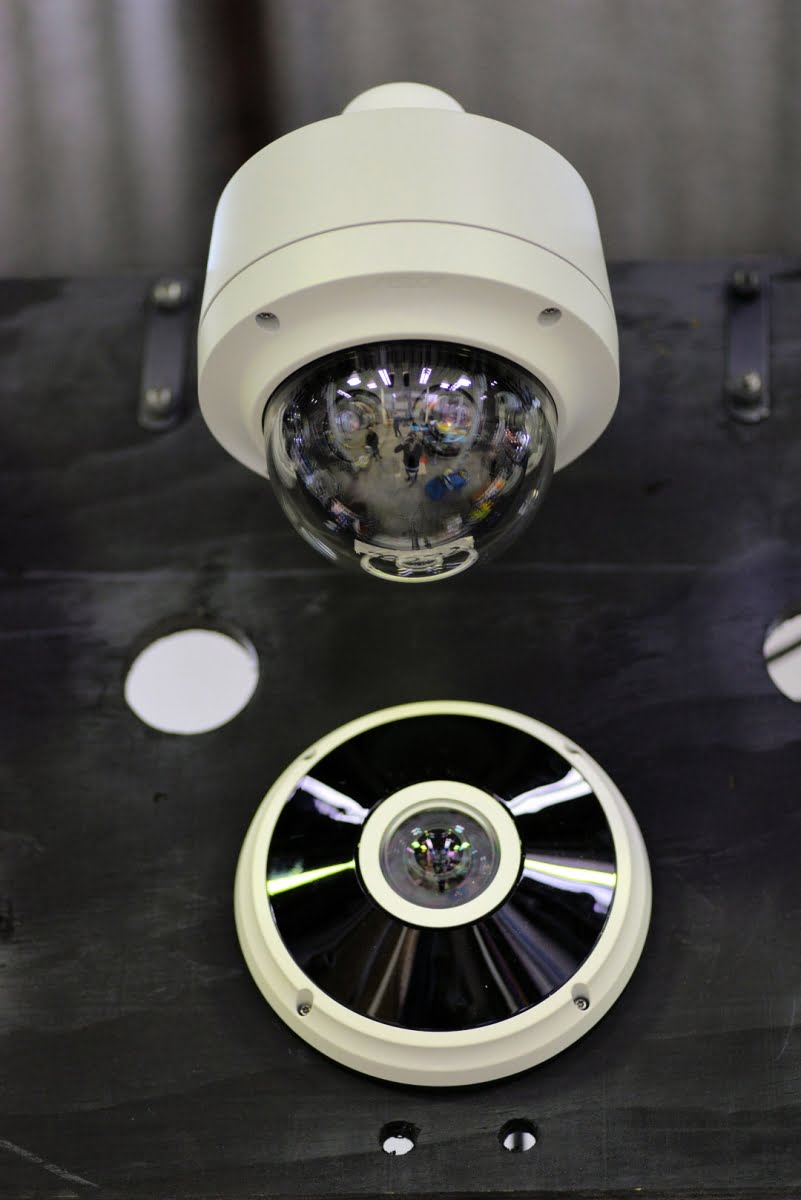
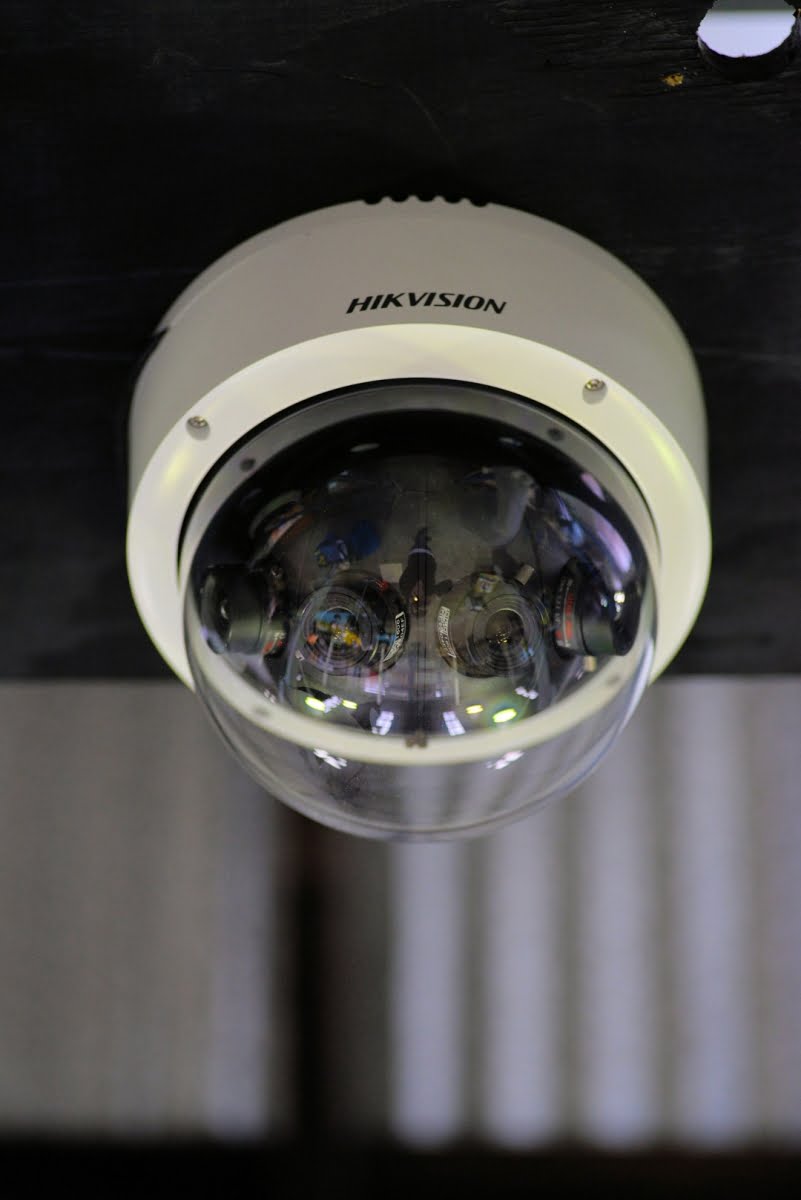
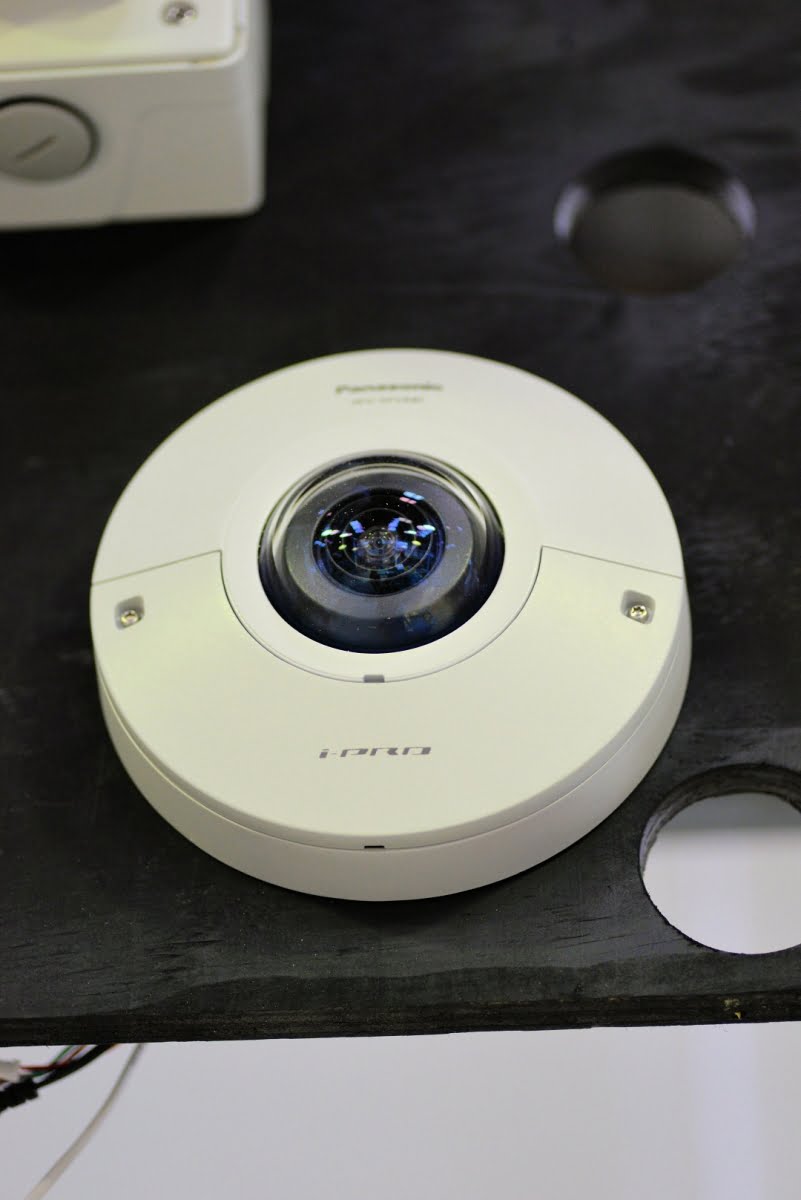
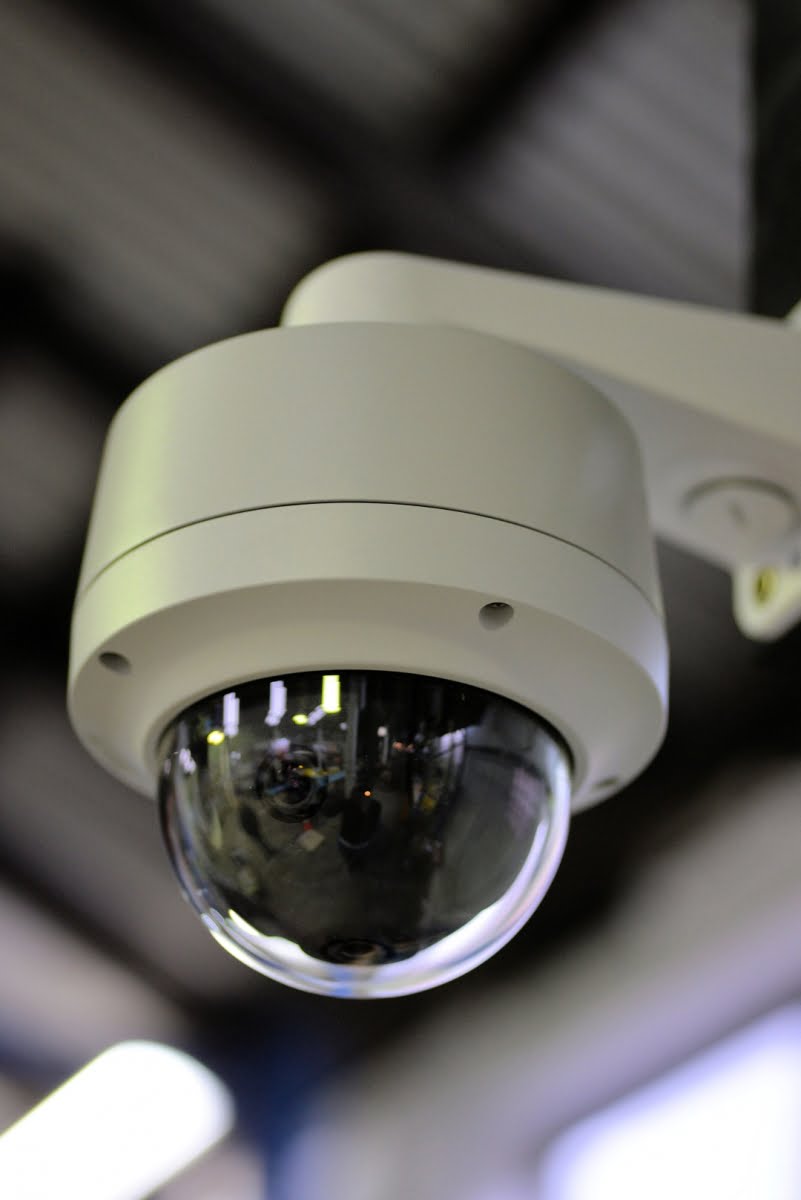
Fish eye cameras were included in the test as a low cost alternative include the Panasonic WV-SFV481 9MP Fisheye, which is IP66-rated and has an operating temperature range from -40C to 50C, and Vivotek’s FE8191-V 12MP fisheye, which has up to 15m of IR range, IP66 rating and an operating temperature range from -30C to 60 degrees C.
“The test required the support of manufacturers and suppliers to provide the cameras and equipment, their contribution and assistance is very much appreciated,” says Myles. “The test involved setting up a purpose-built test rig that would enable side-by-side comparisons under varying lighting conditions throughout the day and night.”
The results
According to Myles, the results from all 3 multi-sensor products provided good situational awareness attributes as you’d would expect from cameras with the latest advances in video surveillance technology.
“All 3 brands provided a panoramic experience with stitched and blended panoramic views giving a high-quality comprehensive coverage of the outdoor area,” Myles explains. “Comparing the resolution between cameras, and the ability to identify persons and objects such as license plates at distances of more than 10-15m, the Vivotek MS8391-EV 12MP camera had the advantage over the Pelco Optera camera, even though both these cameras feature 4 stitched 3MP cameras.
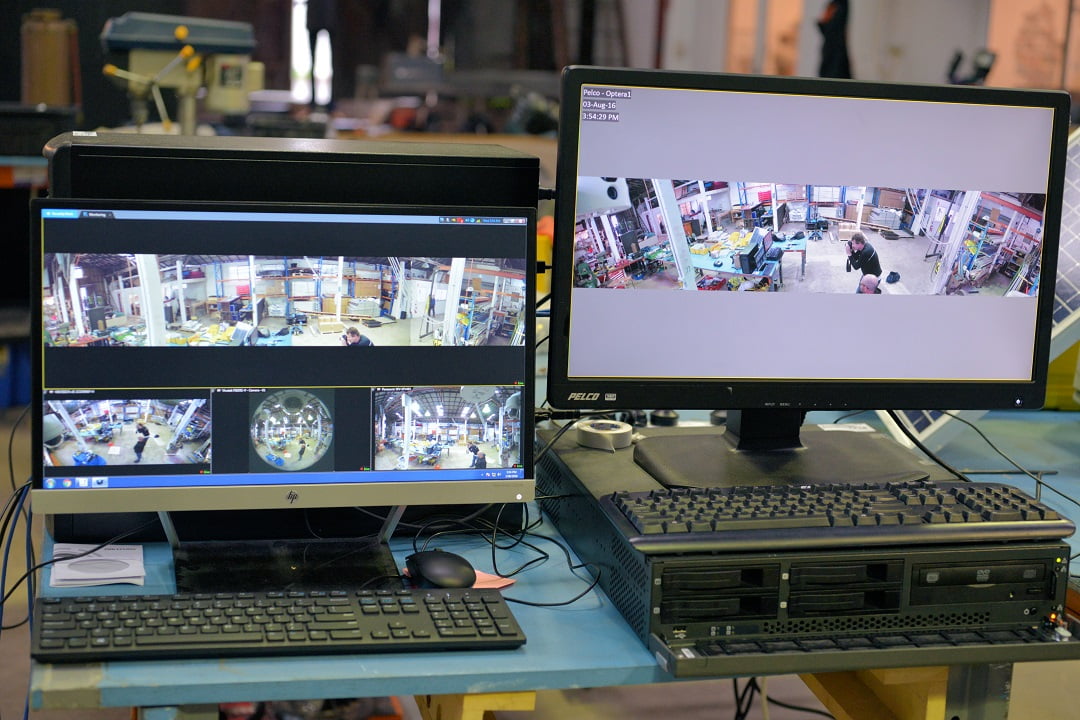
“But in saying this, the Pelco Optera camera provided a more cohesive and balanced image quality and had superior – all but invisible – stitched views. The Hikvision DS-2CD6986F-(H) being only a 7MP camera struggled when digitally zoomed in on targets, however, this camera provided the best foreground and background coverage, albeit with greater image distortion. Meanwhile, the Pelco and Vivotek 180-degree models produced very little image distortion and their areas of coverage look almost identical.”
According to Myles, as the lighting conditions changed throughout the day, the Pelco Optera’s wide dynamic range showed its strength.
“The Pelco camera was able to provide a more balanced scene producing more detailed in shaded areas than the Vivotek and Hikvision cameras,” explains Myles. “Image balance between the 3 showed that when there were different light levels throughout a scene, the Vivotek user experience was of 4 separate cameras, rather than a single blended 180-degree scene.”
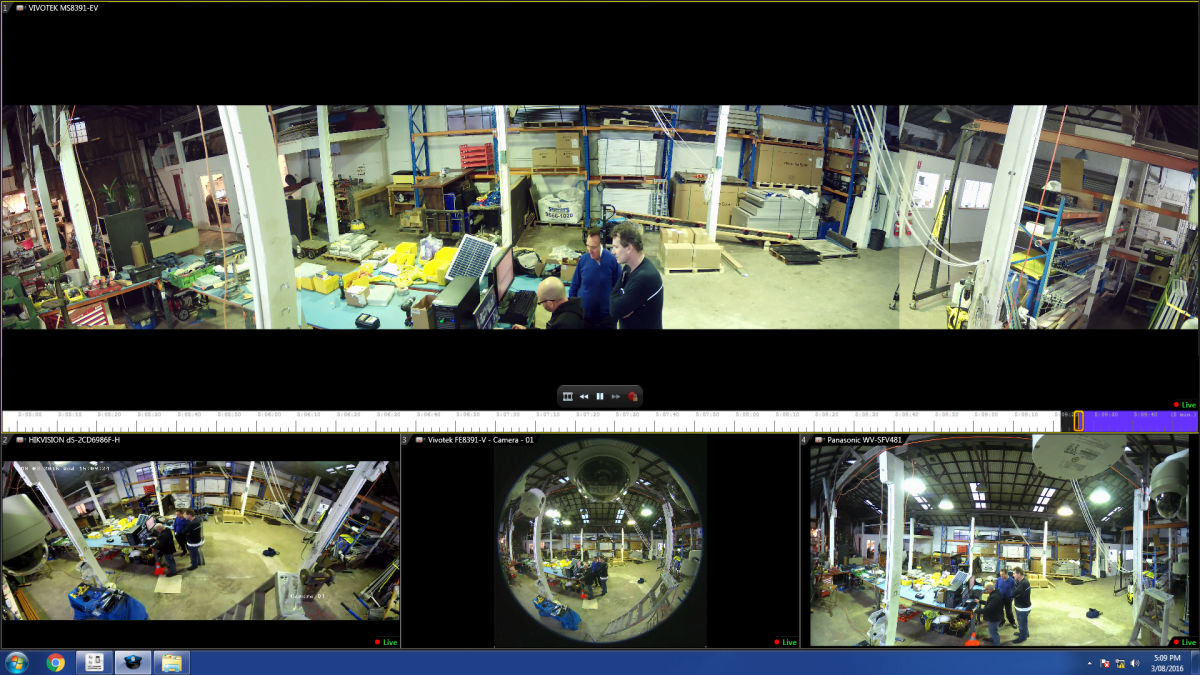
Also included in the test was Pelco's Optera 270-degree camera. This camera produces a titanic 270-degree view, allowing camera to be mounted on a corner of the building and peer around corners, as well as seeing directly below the camera. It's an impressive angle of view and for some applicatons is likely to be the perfect solution.
Meanwhile, the single sensor Panasonic WV-SFV481 9 MP Fisheye Network Camera and Vivotek FE8191-V 12MP Fisheye Network Camera provided expected results from hemispherical lens products.
“Comparing the 2 models, the Panasonic camera provided the best image with little distortion but being only 9MP the Panasonic was not as strong as the Vivotek when it came to identification capabilities. At the same time, due to the current lack of integration and nothing else, the Vivotek camera only operated sporadically and suffered regular dropouts during the session,” Myles explains.
Conclusions
“It is true to say that multi-sensor cameras provide an excellent tool to assist with situational awareness and provide clear coverages of large areas," says Myles. "The results from the trial confirm that this emerging technology will benefit the users of the system and provides a useful tool if set up and used correctly. But being new technology, integration of all 3 products into Genetec is currently a work in progress, though I’m told full integration providing support and all features, will soon be available.
“In regards to recommendations, one could argue that each camera provides particular benefits depending on the application,” he says. “As far as an all-rounder that produces a variety of features suitable for many applications, and again depending on full integration, arguably Pelco Optera at this time. For applications where identification of persons and license plates are of utmost importance the recommendation is for Vivotek. In regards to Hikvision, for applications where foreground coverage is required, the depth of coverage of this camera is superior as it covers a larger area.
“Reviewing the 2 single sensor fisheye cameras for short distance applications, from the results of these tests, the choice is Panasonic. However, to be fair, the Vivotek camera suffered integration issues and was not included in every test.” *

Watching Myles with the setup and seeing part of the test, my own take is similar – all these cameras have their pros and cons in terms of functionality, as well as performance. Optera and Vivotek multi-head cameras are conceptually and operationally, very strong. Hikvision’s DS-2CD6986F-(H) dome has a bigger field of view but does not give as much detail – pixel spread is the reason for this as the camera is making do with 7.3MP. When you are stitching together huge fields of view, raw resolution is king. But I should point out, I saw the demo in relatively good light when all were making fine weather of it. Night performance is likely to be a different matter.
The Panasonic does very well as an all-rounder, balancing both depth of field and angle of view in a compact form factor. Typically, hemispherics are strong on angle of view and good close in but things get a bit soft deeper into the scene and there’s a lot of dewarping required to straighten up a very wide image. Image height, depth of field and softness are all issues. Furthermore, classic hemispherics can be a bit difficult to drive – a little flippy – it depends on the way their navigation systems function. This Panasonic hemispheric is easy to drive, too.
In partnership with ICS Group, SEN is going to be undertaking this wide angle application comparison at Security and Government Expo in Canberra, November 3, by which time VMS integration will be considerably more advanced. End users with street and building applications demanding serious angles of view should take a very close look and draw their own conclusions.♦
By John Adams
* According to Farshid Parhizkari, all VIVOTEK cameras manufactured after July 2015, are fully integrated in Genetec because VIVOTEK cameras support Genetec protocol by default, we just need to enable the protocol in the camera firmware and add it to Genetect VMS. This protocol is already enabled in all cameras but can be turned off manually. VIVOTEK 12MP hemispheric FE8191-V is supporting Genetec protocol and is fully integrated in Genetec, Hills has one in their show room for a while which is connected to Genetec 5.4 and never dropped or disconnected.









